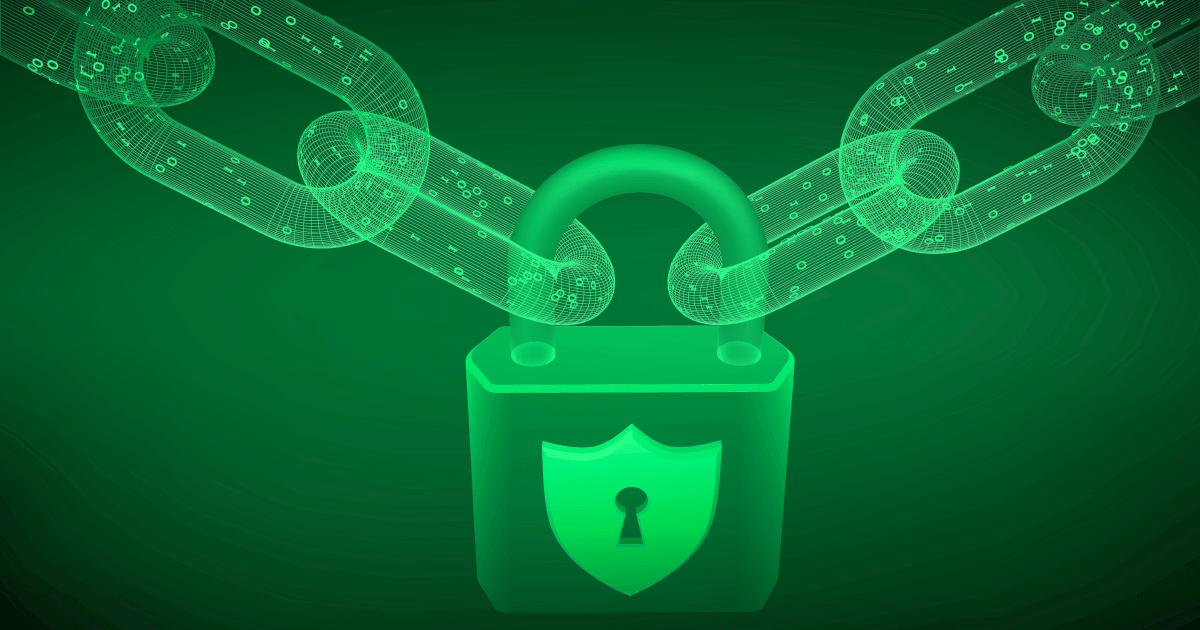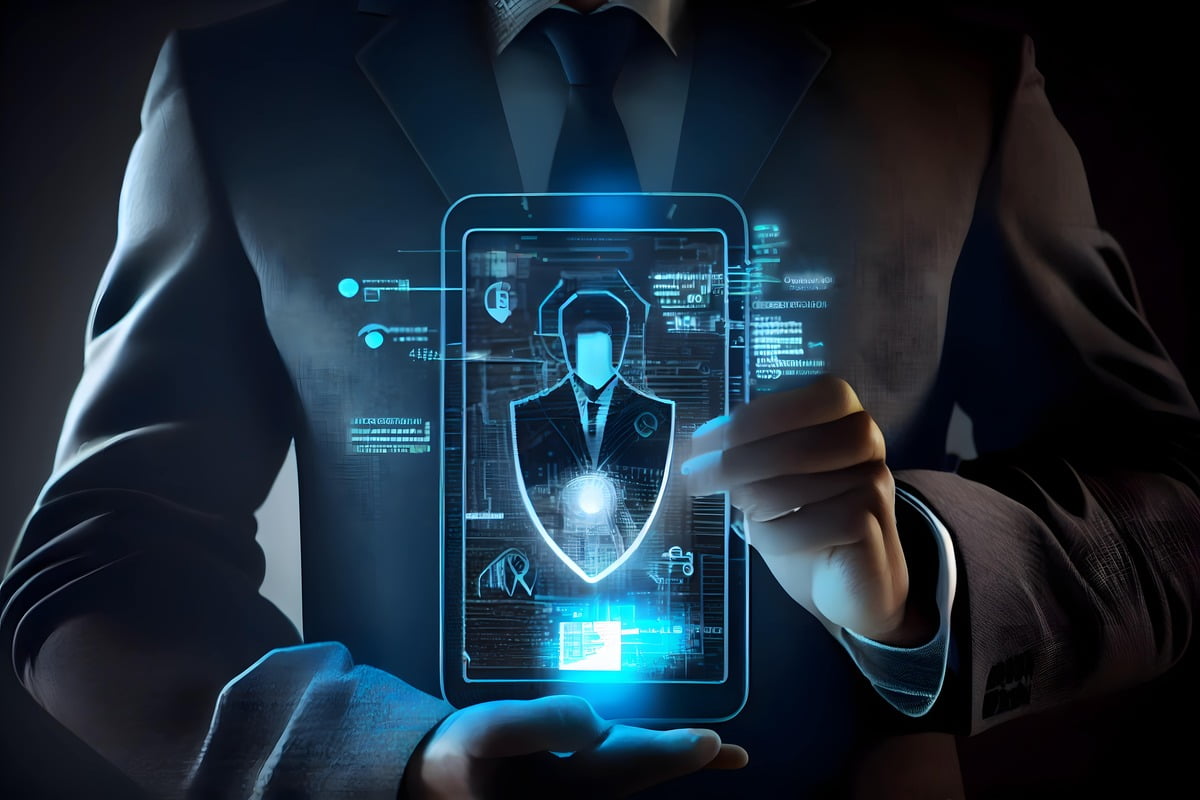As blockchain adoption accelerates, protecting networks assumes greater importance. However, without prudent precautions, emerging technologies remain exposed. This guide outlines prevalent vulnerabilities and best practices for robust security.
The Distributed Nature of Blockchains Enables 51% Attacks
Decentralization underpins blockchain integrity, precluding centralized control. Yet when mining power concentrates, bad actors can rewrite histories. Maintaining diversified consensus reduces manipulation risk.
Smart Contract Loops Leave Funds Vulnerable
Programmable transactions streamline processes but introduce new failure modes. Thorough testing and formal verification help prevent bugs from costing users. Standards evolve alongside this developing field.
Phishing and Malware Target User Wallets
Digital assets stored locally remain as susceptible to social engineering and malware as traditional accounts. Multi-factor authentication and hardware solutions bolster security. Ongoing user education remains key.
DDoS Attacks Burden Infrastructure
Blockchain networks rely on distributed nodes; when flooded, performance suffers. Load balancing and prioritization according to traffic types mitigate these typical distributed denial of service attacks.
Forking Undermines Consistency
Conflicting ledgers confuse users and businesses; contingencies avoid prolonged inconsistencies. Consensus protocols must align divergent views while maintaining integrity.
Conclusion
As with any new technology, blockchain remains perfectible. Yet proactive risk management and following community best practices helps maximize security and trustworthiness for all participants. Continued progress strengthens emerging applications across industries.



